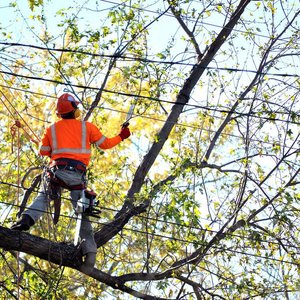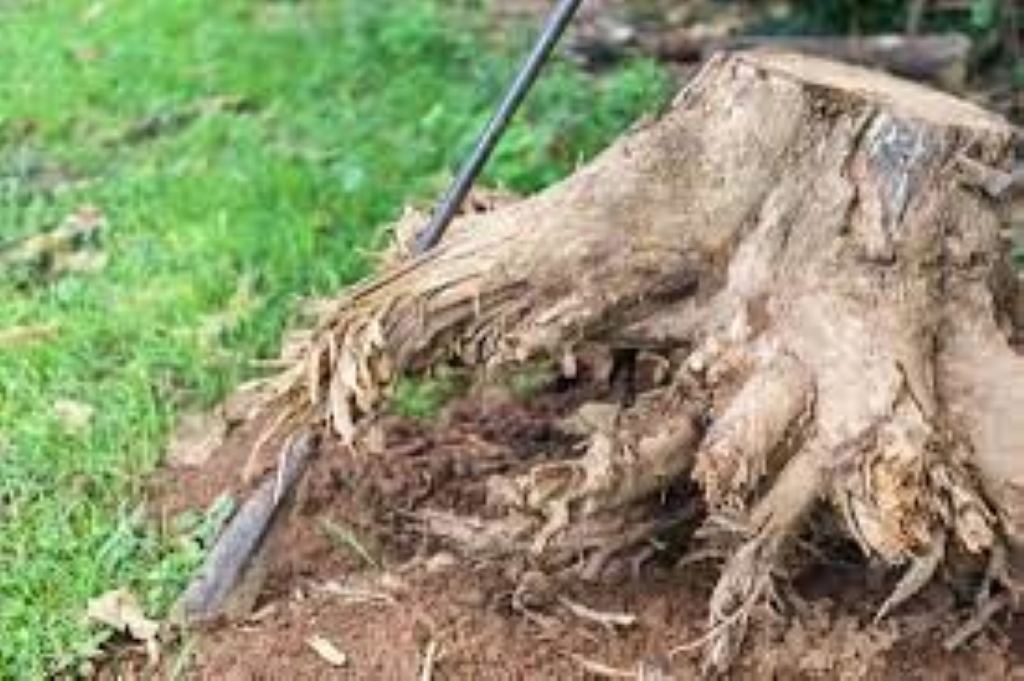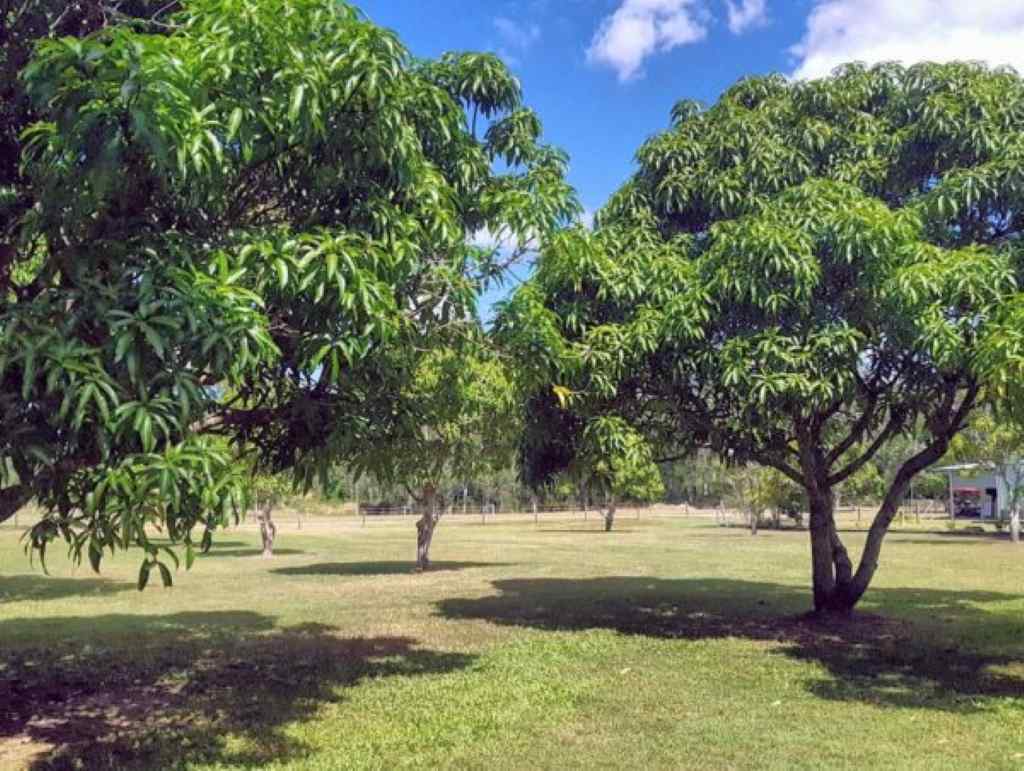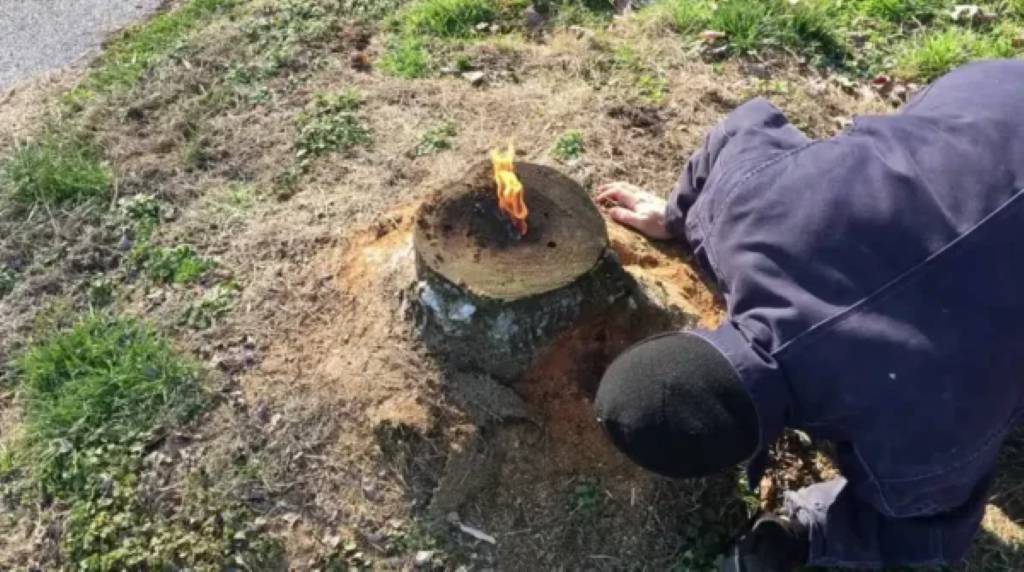Cut off Brown Palm Leaves
Palm trees, with their graceful fronds and exotic charm, add a tropical touch to landscapes. The appearance of brown palm leaves on these wonderful trees, however, raises a recurring question among garden enthusiasts: Should I cut off brown palm leaves? In this comprehensive tutorial, we will investigate the reasons for trimming brown palm leaves and offer full instructions on how to do it properly to guarantee the health, safety, and aesthetics of your palm trees.
Understanding the Role of Pruning
Pruning brown palm leaves serves a variety of important objectives, making it an essential maintenance activity for every palm owner. Let us look at these reasons:
- Aesthetics: The visual attraction of palm trees is mostly determined by their luscious green fronds. Brown, withered, or dead leaves can have a negative influence on the overall appearance of the palm. They have the potential to make the tree seem neglected and ill. Pruning brown palm leaves is like giving your palm a new haircut, quickly improving its appearance.
- Health: The shift in color of palm leaves from brilliant green to brown frequently indicates that these fronds are no longer functioning. Pruning these brown leaves redirects the plant’s energy and resources toward healthy new growth. This enhances the general health of your hand and helps it to thrive.
- Safety: Over time, the weight of dead or dying palm fronds can represent a considerable safety threat. Strong winds, storms, or just gravity can force these massive fronds to fall, potentially causing property damage or personal harm. Pruning is a preventative practice to reduce this danger.
Should I cut off brown palm leaves?
Yes, you should cut off brown palm leaves. Removing brown leaves is essential for the overall health and aesthetics of the palm tree. Dead or damaged leaves can attract pests, harbor diseases, and divert nutrients from the healthy parts of the tree.
Tools to remove brown palm leaves
- Pruning Shears
- Loppers
- Pruning Saw
- Safety Gear
- Disinfectant or Rubbing Alcohol
Pruning Brown Palm Leaves: Step by Step
Safety first:
Safety should always be your main priority. Wear safety goggles or glasses to protect your eyes from flying debris and sharp leaf edges. Gloves are needed for protecting your hands from any irritants or insects present in palm trees.
Evaluate the Situation:
To begin, carefully examine your palm tree. Examine the plant for any brown or dead leaves that should be clipped. These leaves may be completely dark, with brown tips, or show evidence of injury or illness. Determine all of the leaves that must be removed.
Sterilize Your instruments:
To avoid the transmission of illnesses among your palm trees, always disinfect your pruning instruments before you begin. Dip the blades in a disinfectant or rubbing alcohol solution and let them air dry. This helps guarantee that diseases are not accidentally introduced into your tree during the trimming procedure.
Locate the brown Leaves:
Depending on the height of the palm tree and the location of the brown leaves, you may need a ladder to access them. Be cautious when using a ladder, and have someone assist you if possible to ensure your safety. Once in position, point out the brown leaves you identified earlier for removal.
Cut at the bottom:
Place your pruning shears or loppers toward the base of the brown leaf, where it connects to the trunk. Make sure to cut at a small slant so that water drains away from the cut surface and moisture does not accumulate and cause decay. By pruning near the root, you prevent injuring the tree’s healthy portions.
Cut Leaves:
As you trim the brown leaves, place them in a garbage bag or a pail. It is critical to collect the chopped leaves as soon as possible to prevent them from becoming a breeding ground for pests or spreading illnesses. Do not leave the chopped leaves at the tree’s base.
Inspect for pests:
While you’re up close with the palm tree, take a moment to inspect the area for signs of pests or diseases. Look for any unusual spots, holes, or pests such as scale insects, mealybugs, or spider mites. If you notice any issues, address them accordingly to maintain the tree’s health.
Final Inspection:
After removing all of the indicated brown leaves, take a step back and thoroughly inspect the tree. Check for any dead or damaged foliage that you may have overlooked. This step guarantees that your palm tree is well-kept and healthy.
Clean-up:
Properly dispose of the gathered brown leaves. Seal the trash bag or empty the container in accordance with your local waste management regulations. Palm leaves that have been clipped may frequently be used in compost or green trash recycling.
Maintenance:
Palm trees continue to grow, and new leaves may become brown or damaged over time. Regularly check your tree for such leaves and repeat the pruning process as needed. Maintaining this routine will help your palm tree stay healthy and aesthetically pleasing.
Related Posts:
When to remove palm brown leaves
Pruning brown palm leaves should be done with care and concern for the palm tree’s health. The timing of this trimming might have an influence on the tree’s health. Regardless of the time of year, you should prune brown leaves as soon as you discover them. Prompt removal of dead or diseased fronds keeps possible pests, fungal diseases, and other concerns from spreading to healthy sections of the tree.
However, if you want to plan your pruning schedule, it’s normally better to prune palm brown leaves during the growing season, which is often in the spring or early summer. This is when the palm tree is actively developing and may recover more rapidly after the trimming procedure. Avoid extensive trimming in the fall and winter since the tree’s development slows during these seasons, making it more prone to stress and potential injury.
FAQS
Can I let the brown leaves fall naturally?
While brown leaves will ultimately fall off on their own, it is best to remove them as soon as possible to avoid attracting pests and illnesses.
How can I trim brown palm leaves without hurting the tree?
Use clean, sharp pruning shears or loppers to cut near the base of the leaf. Make careful to clean your equipment and angle your cuts to allow for water drainage.
Are there any special hazards to not clipping brown palm leaves?
Yes, keeping brown leaves on your palm tree can lead to insect infestations, illness, and decreased general tree health, all of which can shorten its lifespan.
Will a brown palm tree grow back?
A brown palm tree will not regrow. A palm frond that has entirely browned or perished will not heal or regenerate. Pruning the dead fronds is necessary for the tree’s health and appearance, but the brown fronds will not regenerate.
Conclusion
Removing brown palm leaves is an important element of palm tree care. It improves the tree’s health and attractiveness while also preventing issues. By using the correct trimming techniques and timing, you may ensure that your palm tree flourishes.





